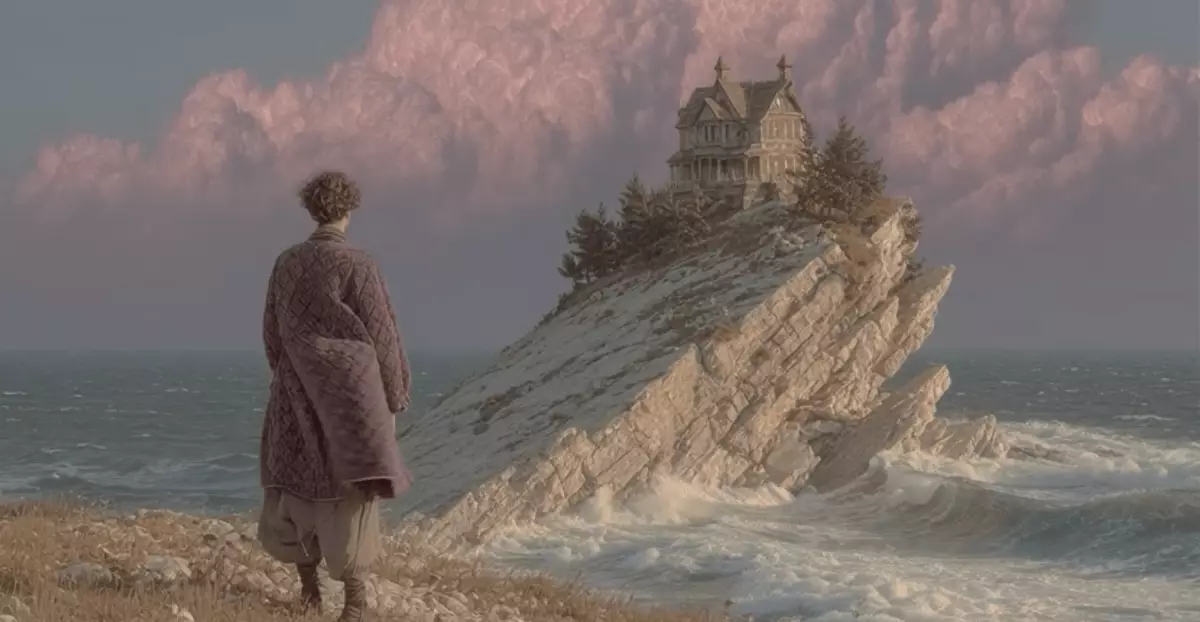The realm of content creation is experiencing unprecedented transformations driven by artificial intelligence (AI). The latest player to enter this innovative space is Midjourney, a company that has carved its niche in generating stunning images. With its recent foray into AI video generation, Midjourney promises to reshape how we think about animations. Users can now breathe life into their images, creating short animated clips with an ease that was once the preserve of skilled animators. This introduction of AI-powered video capabilities reinforces the growing trend of democratizing creative processes through technology.
The Mechanics of Animation Generation
Midjourney’s latest offering allows users to animate images they’ve uploaded or created on its platform by simply pressing an “animate” button. This innovative feature enables the transformation of a static image into a five-second video, a compelling leap towards dynamic storytelling. The tool provides a default prompt that animates the image in a generic fashion, but users have the flexibility to customize the motion using a manual input option. This customization allows for a richer, more personalized experience, giving users control over how their narrative unfolds visually.
Moreover, users can extend the animation time in four-second increments, thus reaching a potential of 21 seconds of motion—an appealing option for those looking to create short clips that resonate with viewers. The inclusion of high and low-motion settings adds another layer of sophistication, distinguishing between subtle subject movements and those that involve more dramatic shifts, including camera angles. This variety empowers creators to adapt their videos to better suit their stories and message.
Market Implications and Accessibility
Despite the excitement surrounding AI-generated videos, it’s essential to assess the commercial and practical implications. Currently, Midjourney’s video generation feature is available exclusively on its website and Discord server. Users must subscribe to access the tool, with plans starting at $10 per month for a limited amount of GPU time. Comparatively, the pricing structure for video jobs is approximately eight times higher than image jobs, making it crucial for creators to weigh the cost against the potential returns from their animated content.
With this in mind, one cannot ignore the impact on the broader marketplace. The ease of creating captivating animations puts pressure on traditional content creators while simultaneously offering new opportunities. As more individuals begin to utilize AI-generated media, the definition of creativity is bound to evolve, leading to potentially rich and diverse online landscapes.
Ethical Concerns and Legal Challenges
While the capabilities of Midjourney’s AI video generator are impressive, the platform is not without controversy. Recently, the company found itself embroiled in a legal battle with Disney and Universal. The lawsuit alleges that Midjourney’s technology could infringe on copyrighted works by generating unauthorized copies of their intellectual properties. This situation highlights an essential issue in the AI landscape—how to balance innovation with legal and ethical boundaries.
As AI technologies continue to advance, the question of intellectual property takes center stage. The methodologies employed in training AI models often involve using vast datasets, some of which may include copyrighted materials. The implications of this act have legal experts urgently contemplating how existing laws can keep pace with rapid technological advancements. Ultimately, creators and innovators must navigate this landscape with care, ensuring that they respect the rights of original content creators while also exploring new avenues of creativity.
Looking Ahead: The Vision Behind AI Video Generation
David Holz, Midjourney’s founder, describes this initial version of their video generation tool as merely “a stepping stone” towards more sophisticated ambitions. He envisions a future where models can execute real-time open-world simulations, transforming storytelling into an interactive experience that engages users in ways never seen before. The competitive landscape of AI-driven video generation is heating up, with giants like Google, OpenAI, and Meta joining the fray. This collective movement suggests that the future of video content could soon resemble a collaborative and rich tapestry of narratives, artfully crafted by AI.
In this burgeoning field, the potential is vast, and the journey has just begun. The advancement of AI tools from simple animations to intricate storytelling can redefine the very nature of artistic creation, breathing new life into the ways we share our stories. As the technology matures, so too will our understanding and appreciation of the intersection between man and machine in the art world. Understanding this dynamic relationship is crucial, as it will shape our experiences and expectations of media consumption in the digital age.

